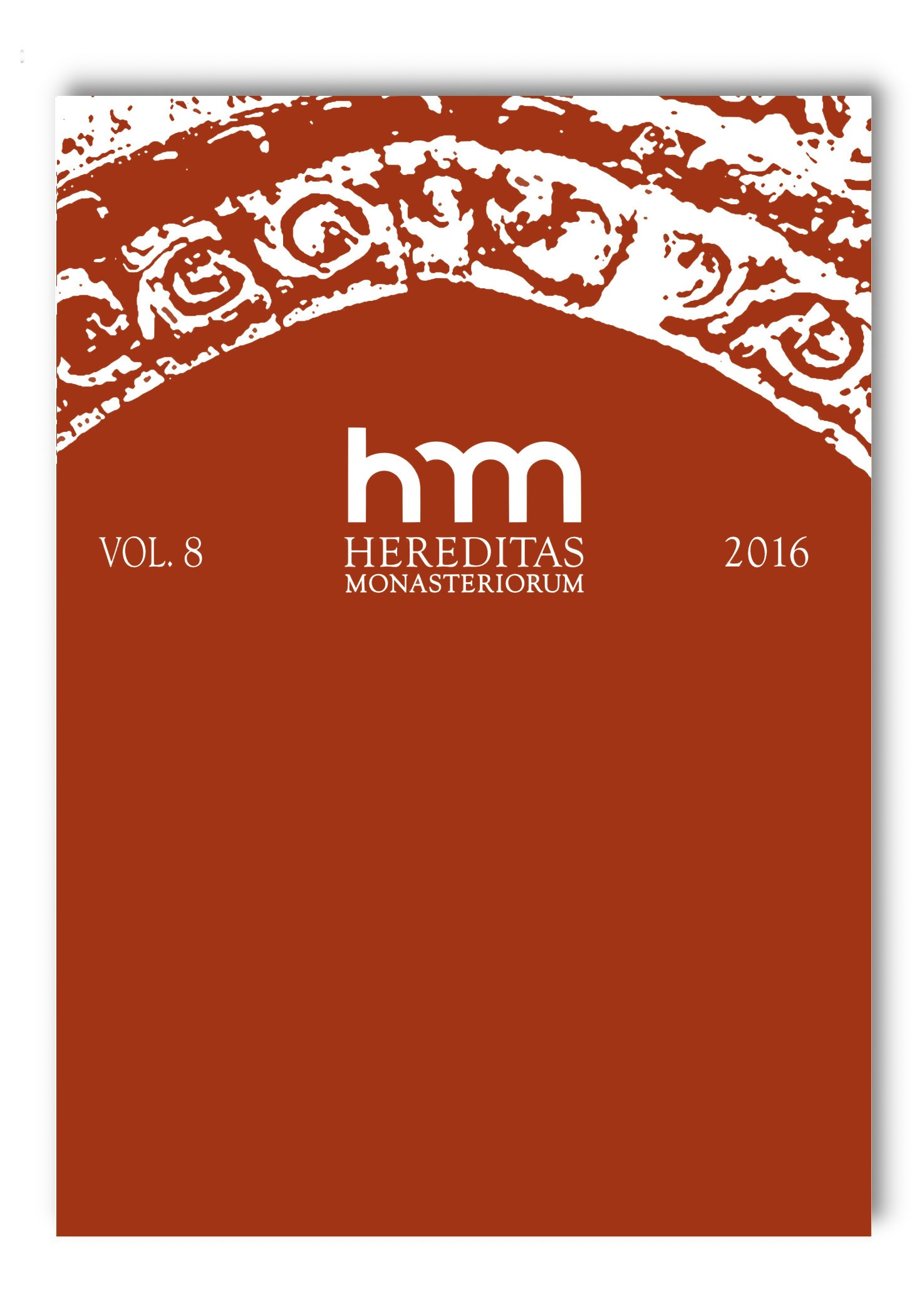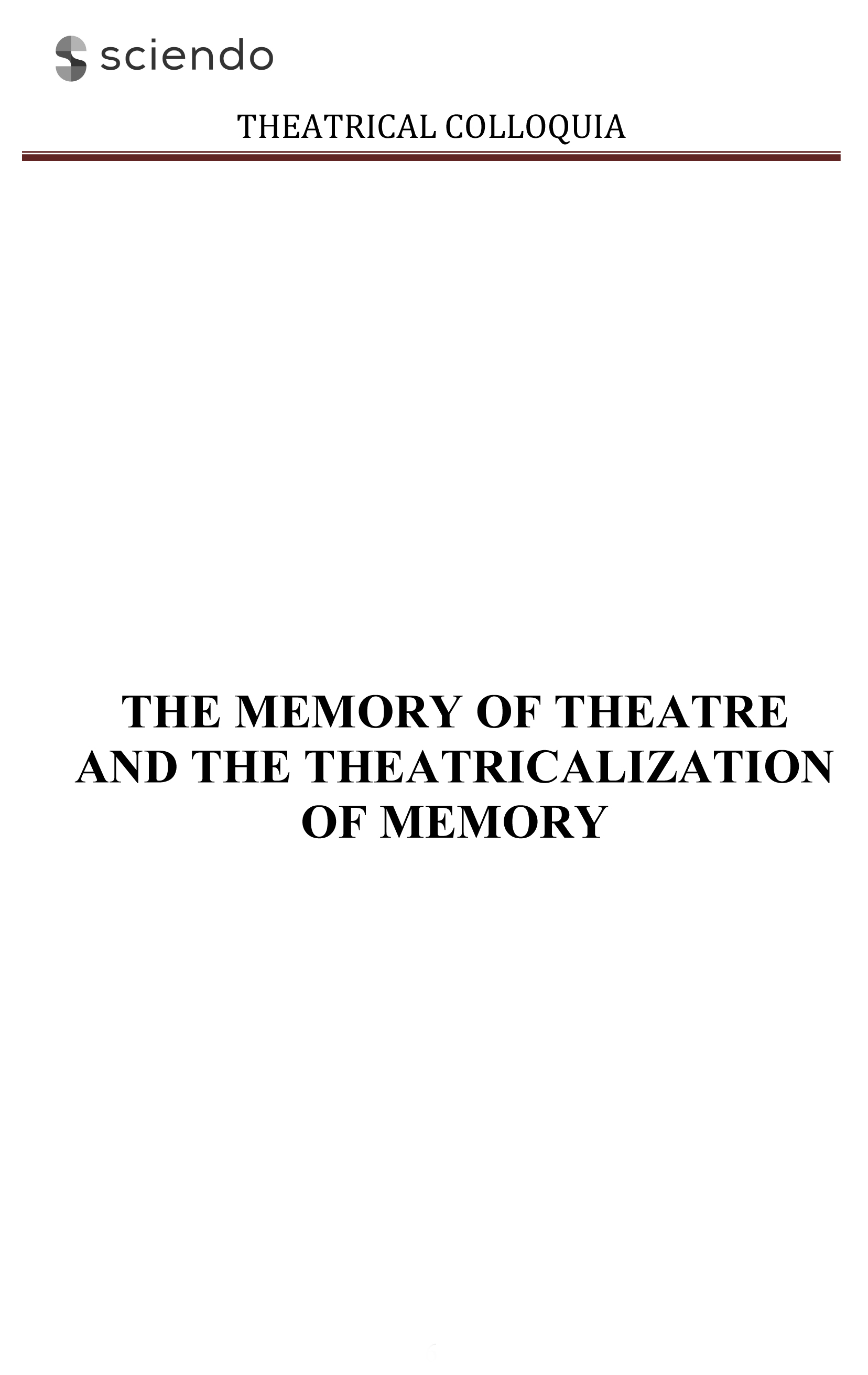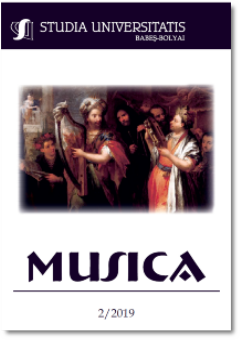Author(s): Camelia Curuțiu-Zoicaș / Language(s): English
Issue: 28/2019
The actor, through his/her memories, images and own representations, will confer the perfect resonance to his/her gestures and scenic actions. Linked to the performance, the representation, the mental images and the internal view give life, uniqueness, beauty and truthfulness to the part, construct the scenic imagery in an expressive and original manner. The actor, in his/her creation, uses on one hand his/her memory (sensorial, visual, auditive, gustatory, olfactive, kinesthetic, imagistic, voluntarily cognitive, involuntary and affective) and his/her past experiences and, on the other hand, sensations, perceptions, representations and reproductive imagination. Memory and imagination, the representations and mental images, thus become primordial tools in scenic creation, having the extraordinary power of updating on an intuitive level, relevant and significative, the actor’s experiences. If through memory the actor has the possibility of reproducing, evoking and experiencing sound, image, situations, spaces, circumstances and relations from his/her prior experience, through representations, images and his/her reproductive memory, he/she detaches him/herself from this concrete reality and is able to create a new world, imaginary and fantastic. The actor has to be aware of the tools he/she works with, has to develop his/her flexibility and the mobility of his/her imagination through the reconstruction and recombination of certain representations, by elaborating images: evoking an image, studying it in detail, completing, developing and direct influence of the image through subtle intervention, suggestion and collaboration, as to incorporate it in his/her scenic performance.
More...



![Inaczej o kulturze w Rosji [recenzja książki Muzyka, teatr, książka w Rosji]](/api/image/getissuecoverimage?id=picture_2019_50783.jpg)
